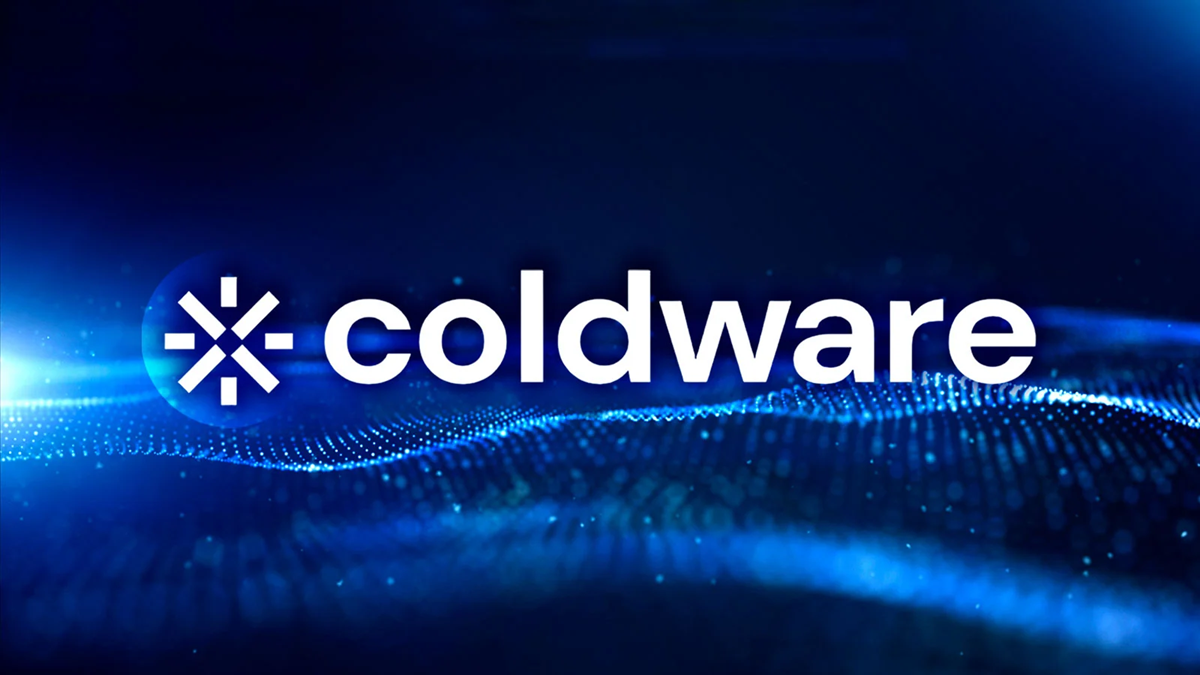As Ethereum (ETH) continues its journey to break the $2100 resistance, a new competitor has emerged, Coldware (COLD), offering a proof-of-stake (POS) blockchain that promises to challenge Ethereum’s dominance in decentralized finance (DeFi) and beyond. This breakthrough has Ethereum (ETH) holders and investors considering the potential for both assets to rise in the coming years.
Coldware’s POS Blockchain Innovation
Enter Coldware (COLD), a newcomer that is disrupting the blockchain landscape with its proof-of-stake (POS) system. While Ethereum remains the largest player in DeFi, Coldware brings a unique twist to blockchain technology, focusing on real-world applications in IoT and cross-chain interoperability. This new POS blockchain is designed to increase scalability and offer more efficient transactions with lower energy consumption, positioning it as an ideal option for those seeking eco-friendly solutions.
Coldware (COLD)‘s unique value proposition comes from its decentralized wireframe, which is said to be “limitless” in its potential. This POS blockchain promises to deliver instant transactions and low-cost operations, making it an attractive alternative to Ethereum for many developers looking to build scalable decentralized applications. Its efficiency and environmental sustainability could give Coldware an edge over Ethereum, especially with the increasing concerns about the carbon footprint of blockchain networks.
Can Ethereum Maintain its Leadership?
While Ethereum still leads in terms of market capitalization and adoption, Coldware (COLD)‘s innovative approach may disrupt the status quo. Ethereum’s scalability issues remain a significant challenge, with the network struggling to handle the growing demand for decentralized services. As Ethereum’s transition to ETH 2.0 continues, Coldware (COLD) is entering the market at a pivotal time, offering an alternative that could potentially attract developers and investors looking for a more efficient and sustainable blockchain.
Ethereum’s growing ecosystem and institutional interest will likely keep it in a dominant position in the near term. However, as more blockchains like Coldware (COLD) emerge with better scalability and energy efficiency, Ethereum will need to maintain its innovative edge to fend off new competitors.
Ethereum’s Bullish Outlook and the $4700 Breakthrough
Ethereum (ETH) has long been a leader in the blockchain space, particularly with its robust smart contract ecosystem. However, the market has had its ups and downs, and many analysts are pointing to Ethereum’s resilience as a key reason why it could surpass $4700 by the end of 2025. Despite Ethereum’s struggles with scalability, the Pectra upgrade and ETH 2.0 initiatives have bolstered its position as the most used blockchain for decentralized applications (dApps) and DeFi.
Recently, Ethereum has faced some turbulence, with its price dipping from its all-time highs. However, some experts argue that the recent price pullback may be a buying opportunity before the projected 2025 rally. If Ethereum can overcome its challenges with scalability and transaction fees, the path to $4700 could be within reach.
Many are looking toward Ethereum’s ability to scale effectively with solutions like Layer 2 and shard chains, which could allow for greater adoption by both retail and institutional investors. These improvements could significantly drive up ETH’s demand and value.
Ethereum and Coldware’s Potential in 2025
With the expected rise in Ethereum’s price to $4700 in 2025, there is ample room for growth. However, Coldware (COLD) is quickly gaining traction as an attractive alternative in the DeFi and IoT spaces. The two blockchains are likely to coexist, but the market will see Coldware (COLD) carving out its own niche as a leader in the sustainable blockchain space. Investors and developers will be watching both Ethereum and Coldware closely in 2025 to see which one delivers on its promises of scalability and utility.
For more information on the Coldware (COLD) Presale:
Visit Coldware (COLD)
Join and become a community member:

























































